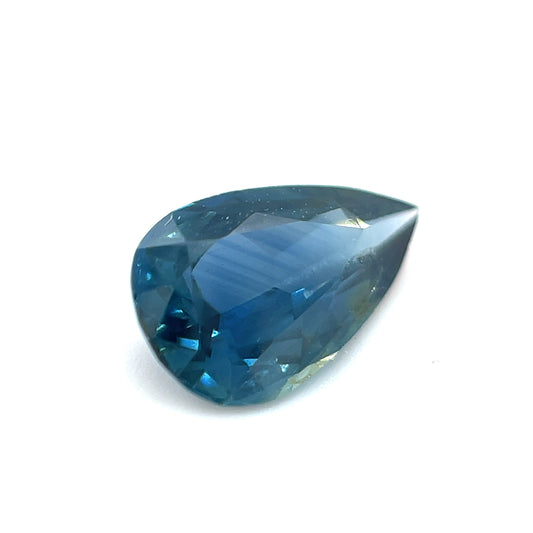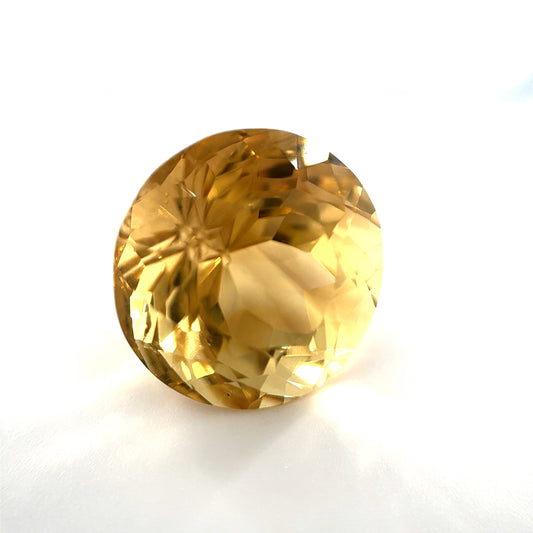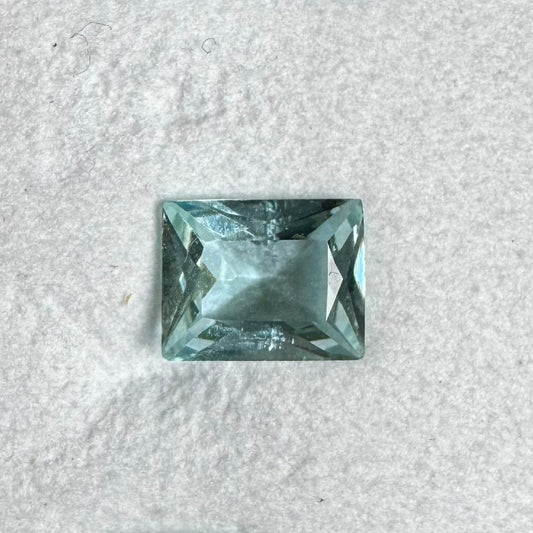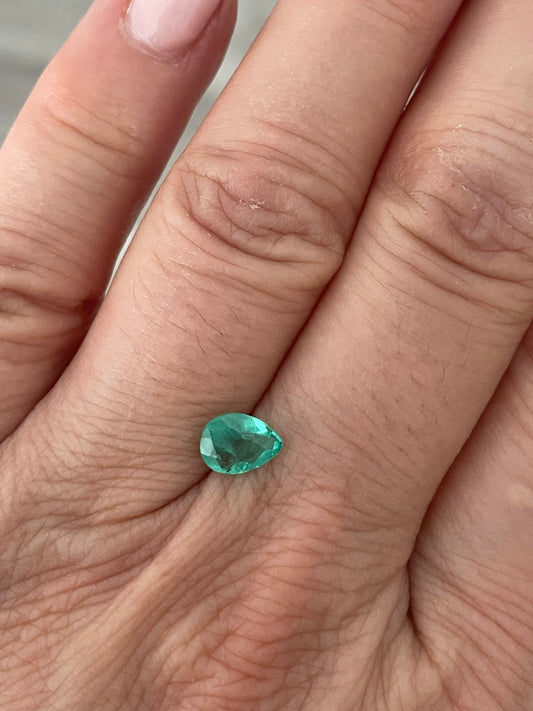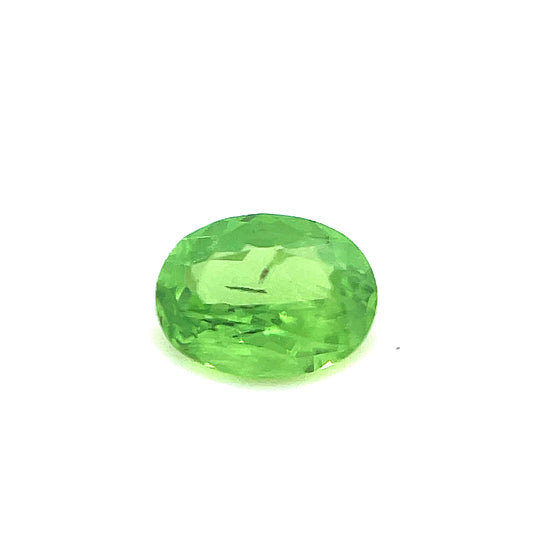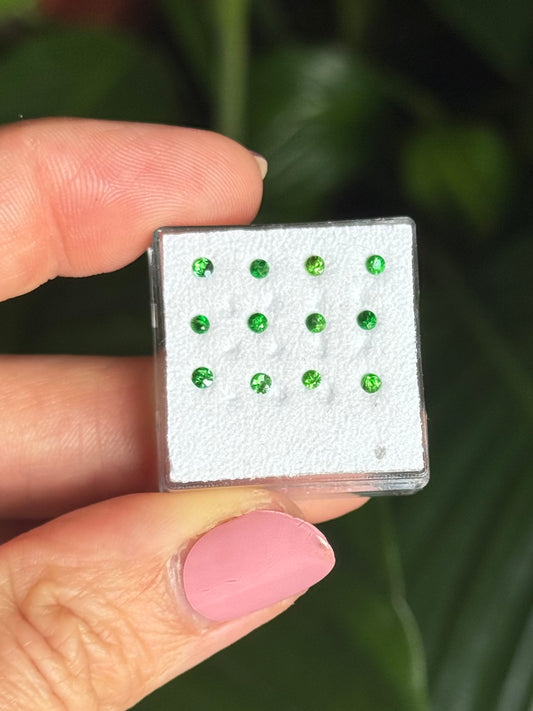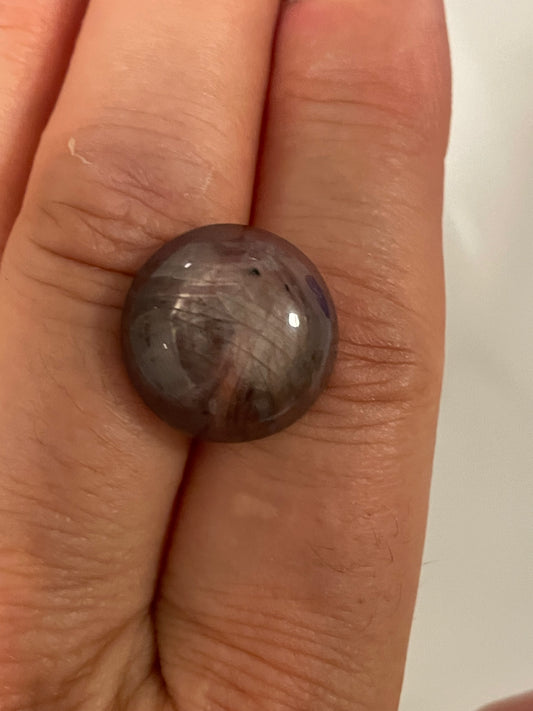Gemstones can differ greatly, which shows clear when different specimens of the same stone are put next to each other. Deviations can for example be recognized by a lighter or darker colour intensity. But also in the clarity, which is related to the inclusions in the stone that varies between transparent, translucent and opaque.
However, these differences alone do not tell whether the gemstone is of good or bad quality. To categorize these according to objective standards, the so-called A-AA-AAA system is used.
Criteria of the A-AA-AAA system
There is not yet a standardized system that is applied globally to identify the quality of gemstones. This is on the one hand because the colour of certain stones can vary depending on their origin. On the other hand, the fact that imperfections are undesirable in some stones, while they can even lead to an increase in value in others. To be able to determine the quality objectively, the A-AA-AAA system is being used more and more. From our point of view, it is essential in order to assess the quality and also the value of gemstones.
To guarantee standardization, the A-AA-AAA system is based on the quality criteria for diamonds, the so-called 4 C's (colour, carat, cut, clarity). Thus, diamonds are compared and categorized according to colour, weight, cut as well as clarity worldwide.
These comparative values do not exist for gemstones. For their evaluation, each stone is considered individually. When grading gemstones according to the A-AA-AAA system, the factors colour, cut, clarity and weight are weighed against each other. The colour and clarity are by far the most important factors.
The factors of A, AA and AAA
In colour science, colour is divided into three factors: shade (red, green, etc.), saturation (intensity of colour), and hue (light or dark). There is a fourth for gemstones: colour uniformity. The ideal combination of these factors differs from gemstone to gemstone.
For the size factor, the weight and the diameter of a gemstone material are considered. Uncut gemstones are significantly less valuable than cut ones.
With many gemstones, the country of origin or the place where they were mined are also of great importance for their value. However, this factor is not taken into account when determining quality according to A, AA, AAA.

The quality grading of gemstones
Gemstones graded with AAA are of highest quality. AA gemstones are of very high quality and A gemstones are of high quality. There are usually only small deviations. For laypersons, these are often only recognizable in a direct comparison of the stones.
Approximately only about ten percent of all gemstones are rated AAA. AA gemstones amount to 20 to 30 percent. A gemstones are the most common at 50-75 percent.
The clarity graduation at MIADANA
Auch unsere Edelsteine werden nach A-AA-AAA kategorisiert. Für unsere Graduierung haben wir das System um die Kategorien AA+, A+ erweitert. Außerdem können die Edelsteine auch mit B und opak eingestuft werden, wenn diese sehr viele Einschüsse haben, welche die Brillanz des Steines auf ein Minimum oder komplett reduzieren.
Our gemstones are also categorized according to A-AA-AAA. For our graduation, we have expanded the system by the categories AA+, A+. In addition, the gemstones can also be classified as B and opaque if they have many inclusions that reduce the brilliance of the stone to a minimum or completely.

The clarity of gemstones
There are hardly gemstones which have a flawless structure. The growth of gemstones is often associated with the creation of small natural imperfections, that are also called inclusions. Inclusions can appear in different forms, such as deposits of foreign matters that are trapped by the gemstone during growth – such as liquids, gases or other minerals. Inclusions also integrate hollow stress cracks and fine cracks.
The clarity of a gemstone is determined on the one hand by the number of inclusions and on the other hand by the impact the inclusions have on the brilliance of the stone. The higher the degree of clarity, the higher its value.
For some stones, inclusions are more commons than for others. They are for instance a typical feature of emeralds, which is related to the place of origin. So, there are also stones in which the inclusions do not directly mean a poorer degree of clarity.
Conclusions can be drawn about the origin of a gemstone, based on the amount, type and shape of inclusions. They provide information about the geological features under which the stone was formed. In addition, inclusions also show that it is a natural stone. If gemstones are created in the laboratory, they have little or no inclusions, since no foreign bodies interfere with the process. Minimal, laboratory-made inclusions are not visible to the eye, but can be identified using microscopy.
The treatment of gemstones
As we have already described in this blog article (verlinken), many commercially available gemstones have been treated to enhance their colour and minimize inclusions. This makes the colour stronger, but the value of the stones drops extremely. Therefore, the treatment of stones has a negative effect on the value.
Since the gemstones at MIADANA come directly from small-scale mining, they are completely natural, unheated and untreated. Sapphires, which are naturally bright blue, and rubies, which have a natural pink-red hue, are real rarities.







